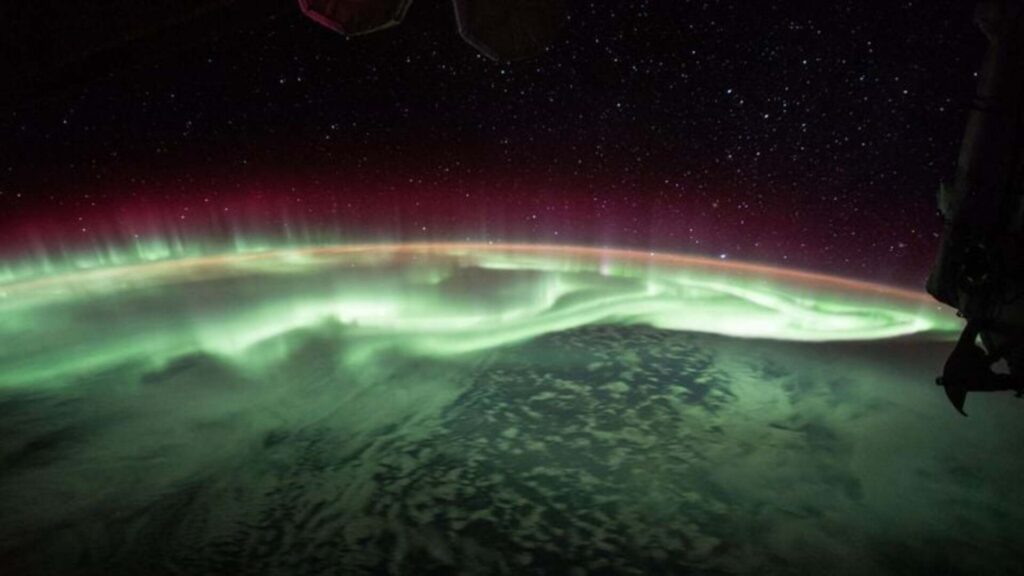
Earth’s magnetic north pole is on the move, prompting updates to the World Magnetic Model (WMM). This crucial tool for navigation ensures that satellites, aircraft, and even smartphone users can orient themselves accurately. On December 17, the National Centers for Environmental Information (NCEI) and the British Geological Survey (BGS) released the latest version of the model, marking an essential step in understanding and predicting changes in Earth’s magnetic field over the next five years.
The Importance of the World Magnetic Model
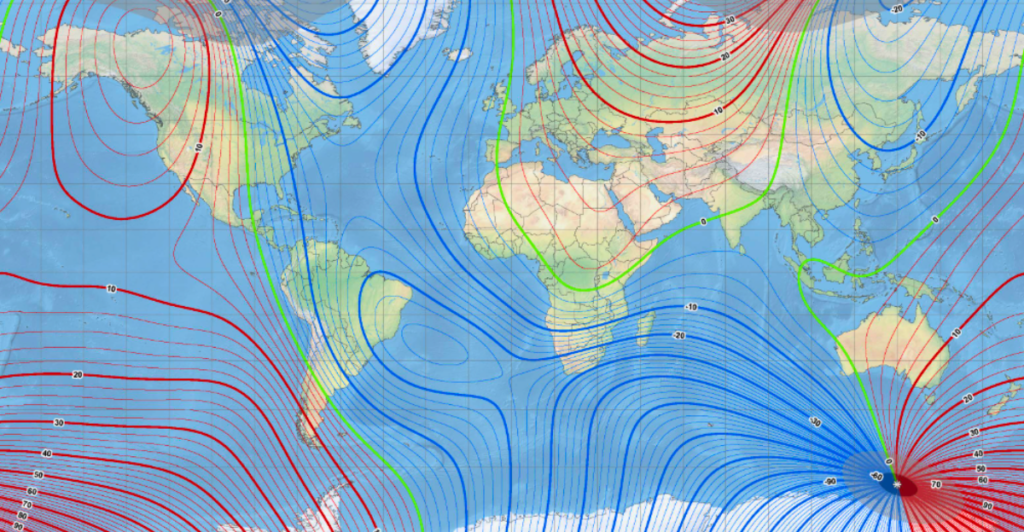
The World Magnetic Model predicts the difference between magnetic north and true north at every location on Earth. It’s vital for modern navigation systems, including satellite operations and smartphone apps like Google Maps. The periodic updates to this model ensure reliable and accurate navigation for users worldwide.
An Update Years in the Making
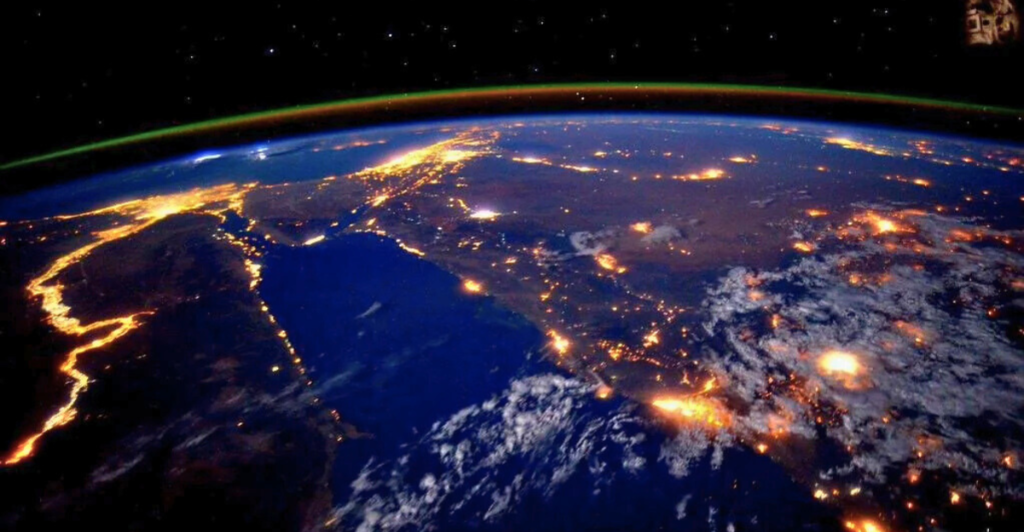
The latest update to the WMM has been planned for years and will go largely unnoticed by most people. However, these updates are critical for maintaining the functionality of navigation systems and improving predictions about Earth’s ever-changing magnetic field.
Earth’s Magnetic Field: A Dynamic Force
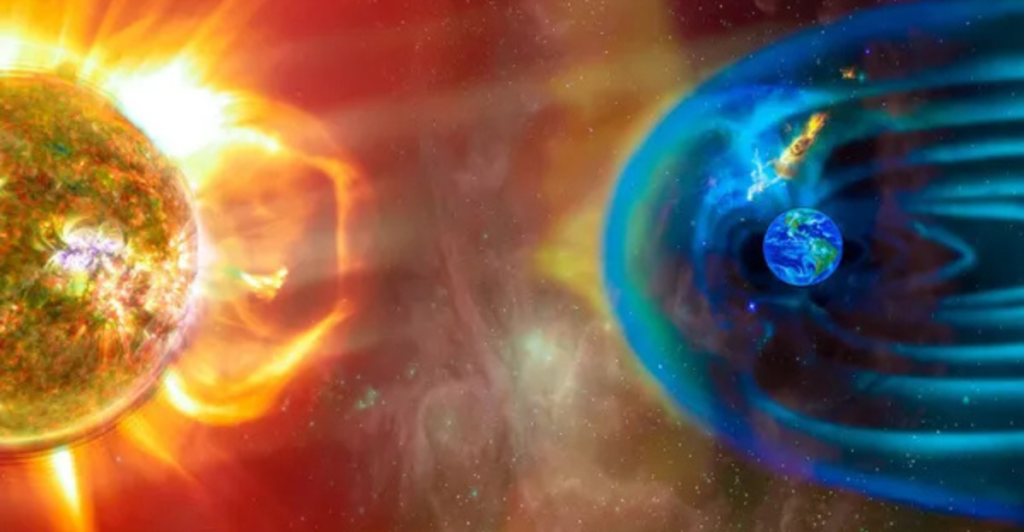
Earth’s magnetic field originates in the outer core, a layer of molten iron 1,800–3,100 miles beneath the surface. This electrically conductive liquid iron generates electric currents as it moves, sustaining the magnetic field in a process known as the geodynamo.
A Billion-Year Process
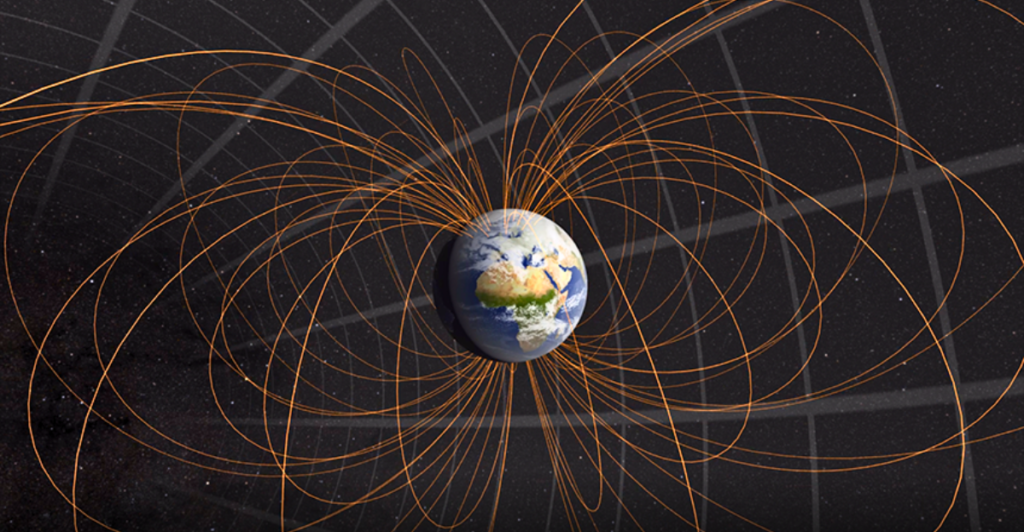
The geodynamo has been active for billions of years, continuously regenerating Earth’s magnetic field. Without this process, the magnetic field would decay and vanish in about 40,000 years, much like a cooling cannonball loses its heat.
Distinguishing Between Magnetic and Geographic Poles
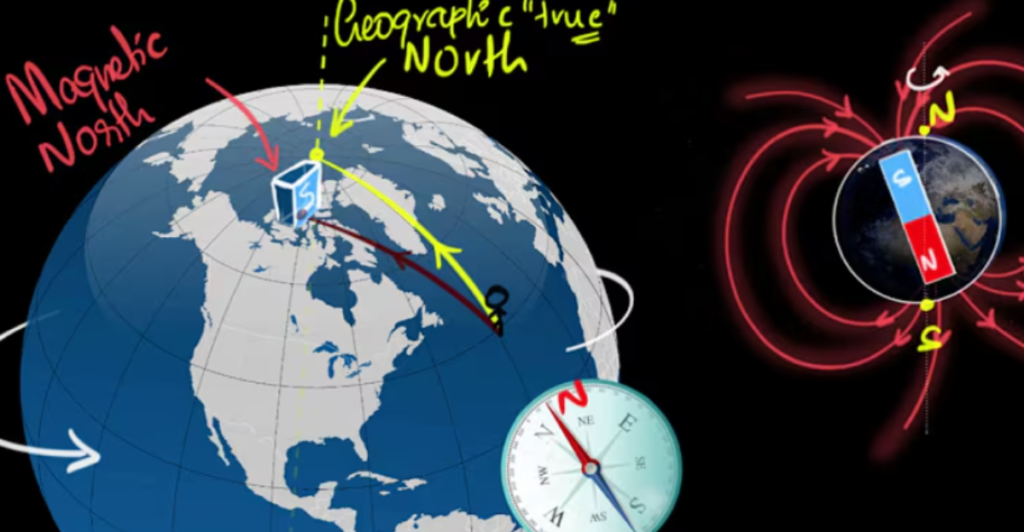
The magnetic north pole differs from the geographic North Pole, which remains stationary where Earth’s axis of rotation meets the surface. In contrast, the magnetic north pole shifts due to the dynamic motion of the outer core, causing changes in Earth’s magnetic field.
A Pole on the Move
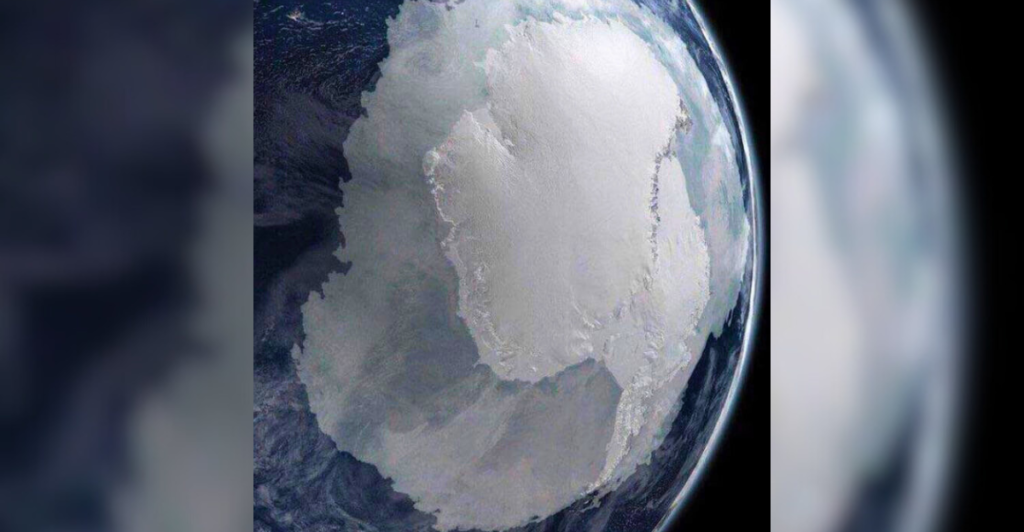
Recent shifts have caused the magnetic north pole to move from the Canadian Arctic toward Siberia. This movement is driven by changes in the strength of the magnetic field and the asymmetrical nature of Earth’s field compared to a simple bar magnet.
Understanding the World Magnetic Model
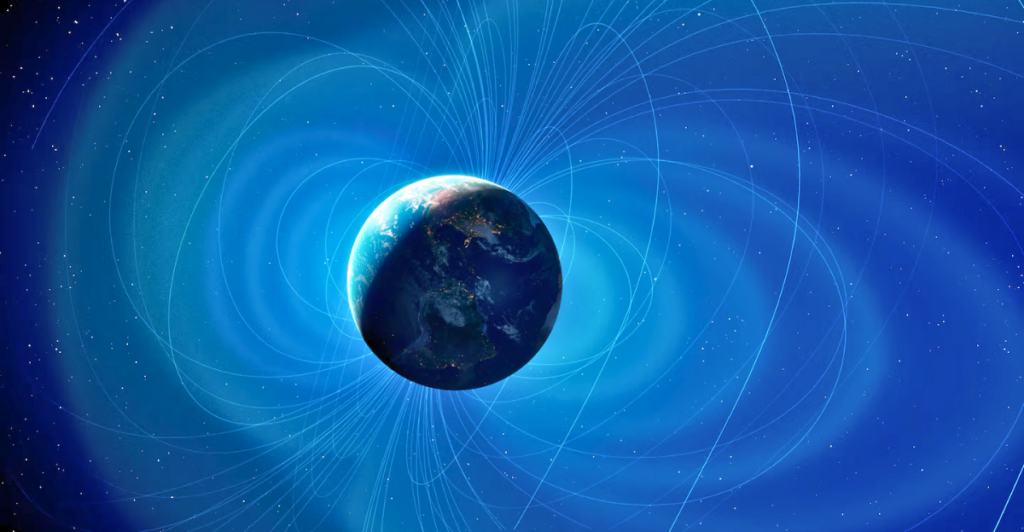
The World Magnetic Model is a mathematical representation of Earth’s magnetic field, created using data from satellites like the European Space Agency’s Swarm mission and ground-based magnetometers. It predicts the magnetic field’s behavior at every point on Earth.
How Navigation Relies on the Model

Modern navigation apps use the World Magnetic Model in conjunction with GPS. Smartphones are equipped with magnetometers and digital compasses that measure the local magnetic field and compare it to the model for accurate orientation.
The Five-Year Update Cycle
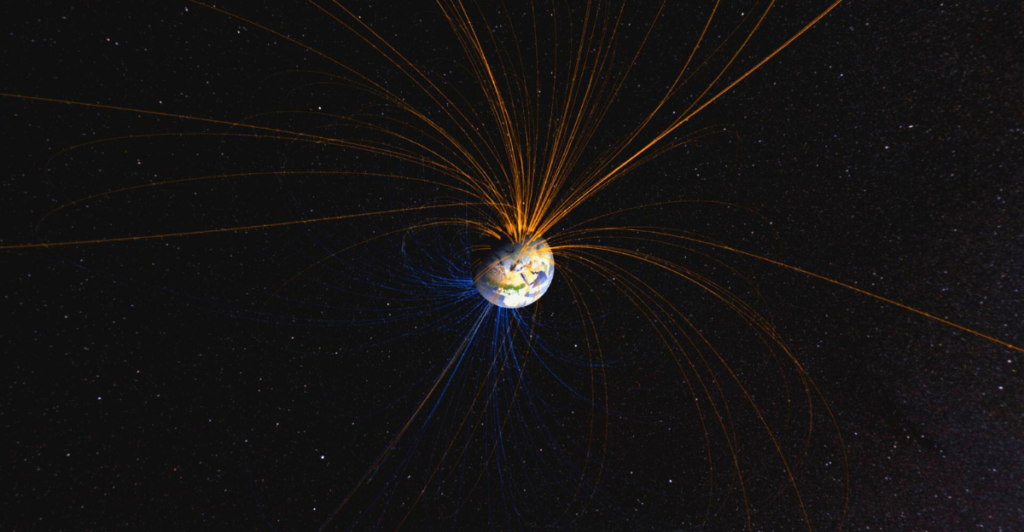
The WMM is updated every five years to reflect changes in the magnetic field caused by the outer core’s motion. These updates ensure the model remains accurate, as the field’s chaotic behavior makes long-term predictions challenging.
Off-Cycle Updates and Rapid Shifts
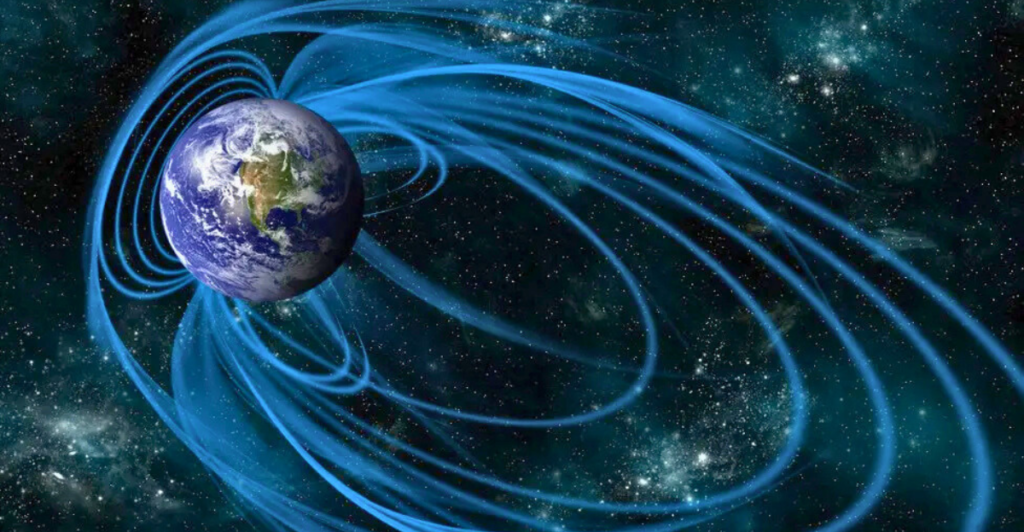
Occasionally, unexpected changes in the outer core’s flow necessitate off-cycle updates to the WMM. For instance, in 2019, an update was released early due to faster-than-usual shifts in the magnetic north pole in the Northern Hemisphere.
Minimal Impact on Daily Navigation

Despite these updates, the changes are unlikely to affect most users. Smartphones and GPS systems will continue to function seamlessly, with the model providing more accuracy than most users typically require.
Why Regular Updates Matter

Regular updates to the WMM prevent errors from accumulating in navigation systems. Even small deviations in the predicted field can compound over time, making updates essential for maintaining high accuracy.
Looking Ahead

The latest update ensures navigation systems remain dependable, but Earth’s magnetic field remains unpredictable. As scientists continue to study this dynamic system, future updates to the WMM will remain a vital tool for navigating our ever-changing planet.
Discover more of our trending stories and follow us to keep them appearing in your feed

Meet the Massive Crocodiles That Make Their Homes 40 Feet Underground
Deepest Hole On Earth Permanently Sealed After 2 Billion Year Old Discovery
The Deepest Holes on Earth: Natural and Man-Made Marvels
Inside the Indian Ocean’s Gravity Hole—A Mysterious Weak Spot in Earth’s Pull
Stay connected with us for more stories like this! Follow us to get the latest updates or hit the Follow button at the top of this article, and let us know what you think by leaving your feedback below. We’d love to hear from you!







